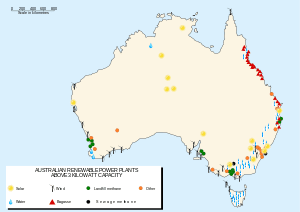Why spend billions on restringing, burying, or waterproofing power lines? True post-storm resilience lies in onsite renewable energy.
Last week, 8.5 million people in the Northeast lost power, most for days, due to Hurricane Sandy. A week later, with temperatures dropping, nearly 2 million people are still in the dark. Estimates of the cost in lost business alone start at $20 billion–to say nothing of the elderly and vulnerable trapped in public high-rises without elevators or flushing toilets.
Despite the emerging political consensus that Sandy was the first of a trend, the discussion around our power grid has focused on restoring business as usual: stapling lines back on poles, pumping out flooded substations, putting natural gas and coal-fired power plants back in operation, and, at most, investing billions to bury power lines or waterproof the ones that are already buried. But there is another way, one that doesn’t involve rewarding the electric utilities with more money from you, the ratepayer.
Three years ago, I wrote a story for Fast Company, “Why The Microgrid Could Be The Answer to Our Energy Crisis,”, which lays out another way: replace vast, centralized power plants with local clean and renewable energy, whether methane, rooftop solar or nearby wind, combined with onsite storage from a battery or fuel cell.
‘Distributed generation’ means a redundant, resilient, secure infrastructure — that’s why military bases and hospitals have their own power plants. Micropower can be more reliable, given that 98% of all blackouts originate in the grid. And it creates thousands of local jobs near population centers in design, installation, and maintenance.
Earlier this year, the U.S. military, which knows a little something about risk assessment, announced plansto open up 16 million acres of its own land to onshore and offshore renewable energy installations to make its bases more self-sufficient in case of power outages. The Marine Corps Air Station in San Diego, known as the Top Gun flight school, switched on a renewable methane power plant in June that provides half of its energy and is on its way to being fully self-sufficient. James Newcomb at the Rocky Mountain Institute, which has been at the forefront of micropower research and advocacy for years, also points to UC San Diego, which was able to “island” itself from the larger power grid and keep the lights on during the major Southern Californiablackout in September 2011 thanks to an onsite natural-gas-powered heat and electricity plant. Denmark, which relies heavily on wind, is likewise rebuilding its entire grid on a “cellular control” model. Individual “cells” will be able to operate independently if the grid is knocked out elsewhere.








